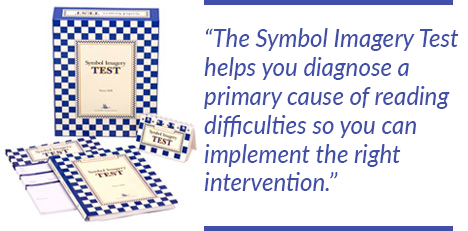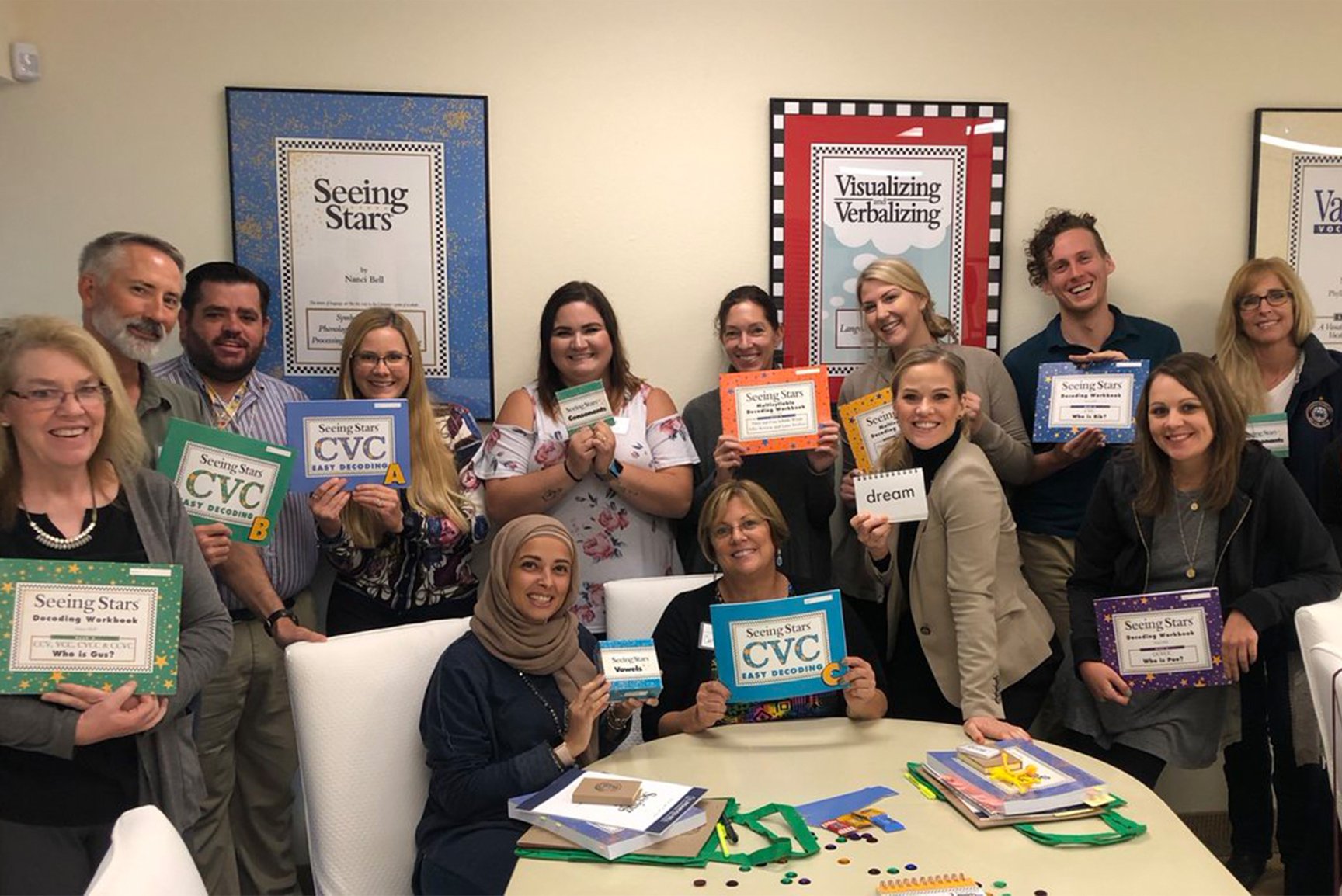-
Comprehension
-
Reading & Spelling
- Mathematics
-
Assessments
-
Diagnostic assessments
- Comprehension, Language, Memory Assessments
- Reading and Spelling Assessments
- Autism Assessments
- Reasoning and Thinking Assessments
- Vocabulary Assessments
- Early Childhood Assessments
- Dyslexia Assessments
- Phonics/Phonemic Awareness Assessments
- Math Assessments
- Fluency Assessments
- Writing Assessments
- Visual/Visual Motor Assessments
- Make Learning Fun

-
Diagnostic assessments
- Workshops
- Blog & News
Talkies FAQ
PROBLEM
Chip is in first grade, and although he had a full-time tutor since he was three, his poor communication skills are causing him social difficulty. He has difficulty expressing himself and comprehending language concepts.
CAUSE
Weakness in concept imagery—the ability to create an imaged whole—means that Chip is significantly unable to comprehend, or receive and express language well.
SYMPTOMS
Individuals of all ages can experience a significant weakness in the ability to created an imaged whole.
This causes weakness in:
- Difficulty with general verbal and non-verbal expression
- Difficulty formulating sentences
- Difficulty following directions
- Apparent disengagement or frustration
- Symptoms of autism spectrum disorders
SOLUTION
The Talkies® program is the primer to the Visualizing & Verbalizing® (V/V®) program for students who need simpler, smaller steps of instruction to establish the imagery-language connection. The goal of Talkies is to develop the dual coding imagery and language as a base for language comprehension and expression. Talkies is especially helpful for students with a limited oral vocabulary and/or limited ability to verbalize. Research indicates Talkies benefits students previously diagnosed with an autism spectrum disorder. Talkies is also ideal for any preschool child.
The Talkies Difference
Talkies brings imagery to a conscious level, serving as a basis for oral language expression and language comprehension. Utilizing a systematic process, Talkies includes incremental units of language, moving through a sequence of receptive practice, expressive practice, and imagery practice.
Who is A Talkies STUDENT?
Talkies is especially helpful for students with a significant weakness in receptive and expressive oral language skills. Talkies is often utilized for individuals diagnosed with autism. It is ideal for students who need simpler, smaller steps of instruction to establish the imagery-language connection prior to instruction in the Visualizing and Verbalizing program. Developmentally, Talkies is beneficial for all young children between the ages of two and five, preschool through kindergarten, to develop dual coding at a conscious level.
Response to Intervention (RtI)
Talkies is used primarily as a Tier 3 intervention for students with special needs. Talkies is also used in Tier 1 as an early childhood program for PreK-Kindergarten.
Common Core
Talkies, as a primer to the Visualizing and Verbalizing program, provides the supports and scaffolding many struggling students need to meet rigorous grade-level expectations. The program helps develop the language skills needed to meet the expectations in the strands of Reading, Writing, Speaking and Listening, and Language. Download our free White Paper to learn how sensory-cognitive instruction supports the Common Core.
English Language Learners
Talkies supports best practices in English Language Development, especially for beginning or emerging English learners. English learners are given frequent opportunities to develop oral language skills. Talkies lessons are scaffolded and differentiated to help develop essential vocabulary.






Socialize and Connect
Connect with us for the latest news, success stories, research, promotions, and more!